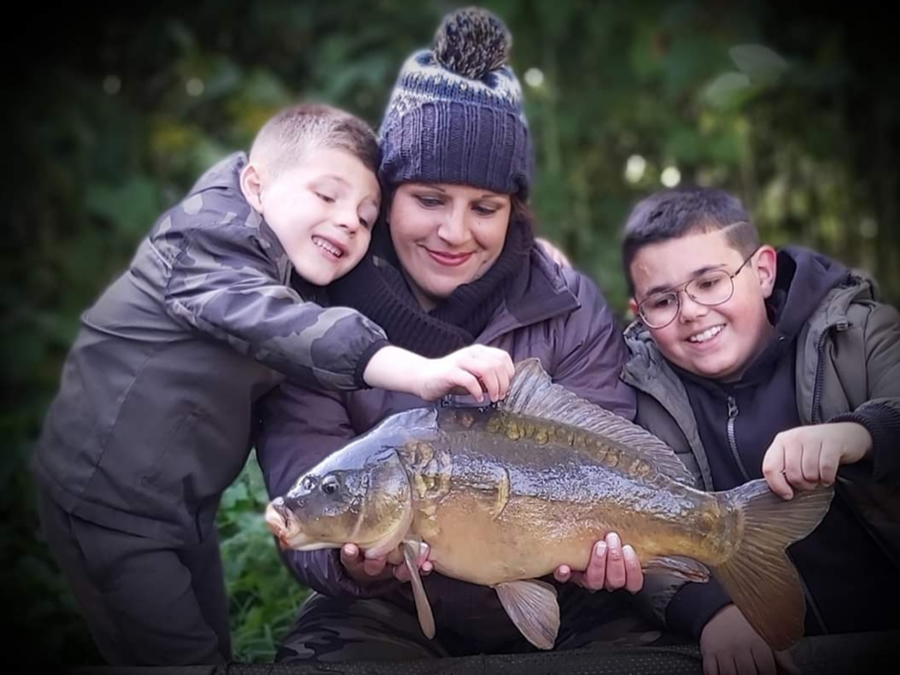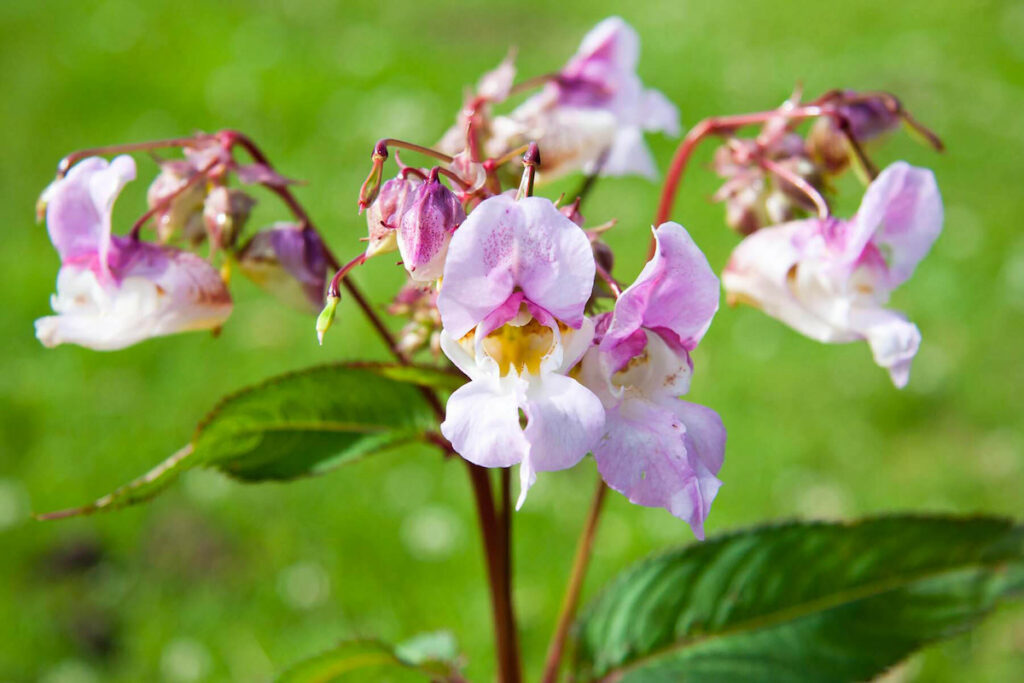Invasive Non-Native Species
Invasive Non-Native Species (INNS) is the term used to reflect a group of invaders that can do massive damage. Individually and collectively, they can ravage fish stocks, outcompete and dominate native species of plant and animal life and, from an angling perspective, ruin fishing locations served by still or moving water.
Over 2,000 plants and animals have been brought into Britain, but not all are ‘invasive’. In general terms, 10/15% establish themselves in a manner that causes harm to our native wildlife – including the fish present in our rivers, streams and stillwaters.
These can be spread by a number of means, including historic intentional introductions through to accidental spread when it becomes attached to recreational equipment. Angling represents a potential route for invasive species to spread between water bodies. It is therefore important we do are bit to stop the spread of species and to undertake management to minimise their impacts.
Prevention
Check, Clean Dry
Simple measures every angler can undertake to stop the spread of invasive species:
Invasive species can be spread between water bodies in a variety of ways. One of these includes anglers accidentally carrying these species on their clothing and fishing gear from one site to another.
The Check Clean Dry campaign provides guidance to anglers and other water users on an effective approach to clean equipment to ensure the removal of unwanted organisms and diseases.
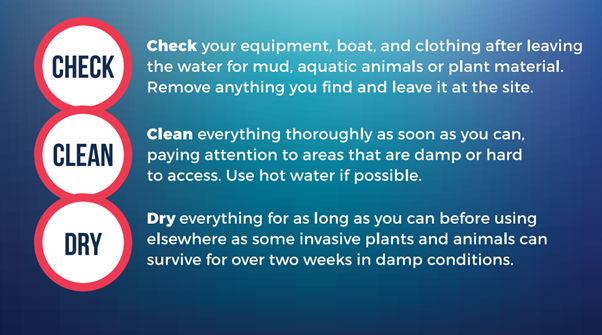
The Angling Trust urges all anglers to adopt measures to reduce the risk of spreading invasive species between waters. After fishing ensure to follow these guidelines
This process should be undertaken after every trip; even if your kit appears clean. Invasive species can be hard to spot with the naked eye and it’s the same for fish diseases too. Carp anglers know the importance of biosecurity to stop the spread of KHV, salmon anglers will know the importance with potentially spreading salmon fluke Gyrodactylus salaris.
If drying out is not a viable option, consider having one set of kit for your favourite water and another for travelling to waters you fish less often. Disinfecting kit is an option. You should use the solutions recommended by the manufacturer.
Promote to Members, Guests & Visitors
Free aluminium signs are available for coarse, game and marine anglers. Contact [email protected] for more information on how to order.
Check, Clean, Dry posters and other resources are available to download for notice boards for all disciplines in English and Welsh.
And another thing…..
A further major route for invasive species to enter the wild is through species escaping from nearby gardens, or unwanted plant material being dumped into our waterways. The Be Plantwise campaign aims to increase awareness amongst gardeners, pond owners and retailers of the impact aquatic plants and provide information on how to dispose of these plants correctly. The Angling Trust assisted in the design of this scheme and supports the best practice outlined in the campaign and encourages anglers to check the names of plant species before introducing any into their waters.
Biosecurity Plan
Creating a biosecurity plan for your club or fishery helps to think through the potential ways an invasive species or disease could arrive onto your site, and what steps you could put in place to reduce this.
Free templates are available for stillwaters and river stretches.
Identification & Reporting
Identification
It is important to be aware of what invasive species you have on your site, so that you can work out the best way to control this species. Free ID guides are available for a wide range of invasive species. The Angling Trust has also made a series of videos on how to identify certain invasive species. Click below to view our dedicated YouTube page.
Reporting
If you come across an invasive species on a site, inform the club and the landowner. It is also important that when found, you report sightings of invasive species in support of the national collection of accurate locational data. In doing so, you’ll be assisting INNS management programmes.
The following tools are free to use..
INNS Mapper is an app and website that can be used as a reporting tool for sightings in England, Wales and Scotland. Click the image to open the INNS Mapper website in a new page for more information.
If an identified species is not found on INNSMapper, the same information can be supplied to iRecord. Click the image to open the iRecord website in a new page for more information.
Our Fishery Support Officers can help to identify invasive species on your site.
Management
Once an invasive species has become established, it can be difficult to completely remove this species from a waterway. However, there are methods available to control the species to minimise its impact and considering where you are within a river catchment is important.
If you are a stillwater that does not have an inflow/outflow to a water course, then management may be more straightforward. However, if the still water is linked to the floodplain, or if you lease a river stretch then you may want to consider whether there are populations that may be further upstream. To be the most effective, management should start at the upper most point to stop it reinvading spots downstream. This can be achieved through collaborative working with other partners in your area such as river trusts, wildlife trusts and other local action groups.
Floating Pennywort
The Angling Trust is part of the national GB Floating Pennywort Strategy which aims to coordinate resources to effectively manage floating pennywort. This includes support from government, canal and river trust, water companies, inland drainage boards and several recreational national governing bodies.
We have created a series of guides to provide to support to clubs and fisheries seeking to manage Floating Pennywort.
Factors to consider before undertaking management
Managing floating pennywort in flowing waters
Managing floating pennywort in still waters
Health and safety risk assessment
What to do after a removal event
Checklist to organise an event
Crayfish
In 2019, the law around trapping and transfer of signal crayfish in England has changed.
The Angling Trust has produced a guide to outline the main changes to trapping and the licences you need.
Policy & Regulation
Invasive Alien Species Order
The Invasive Alien Species Regulation (1143/2014) came into force in 2015. This regulation focuses around actions that need to implemented by governments to reduce the spread of invasive species, improve early detection and rapid eradication and strengthen long term management. When the UK left the EU we retained this regulation across to become the ‘Invasive Alien Species Order’.
Within this, a list of high-risk invasive species called ‘Species of Special Concern’ has been created and continues to be reviews. Species on this list are subject to a series of restrictions including being banned from sale, breeding, and knowingly allowing to spread.
As well as managing species, there is a need to reduce the risk of spread of invasive species via pathways which are the routes through which invasive species are intentionally or accidentally moved between areas. Management of these pathways will tackle all of the invasive species spread via that route. Angling has been identified as a potential pathway.
The Angling Trust chaired the development of a GB Angling Pathway Action Plan. Alongside other partners, we use this plan to help protect fish and fishing from invasive species.
Keeping Invasive Fish Regulation
It is an offence to introduce and keep, controlled non-native fish or shellfish without a licence. More information here.
Wildlife Countryside Act
Further species are listed under the WCA 1981 under Section 14.
Simple measures every angler can undertake to stop the spread of invasive species:
Invasive species can be spread between water bodies a variety of ways. One of these includes anglers accidentally carrying these species on their clothing and fishing gear from one site to another.
The Angling Trust urges all anglers to carefully think about this and how you can help with what is called biosecurity.
The Check Clean Dry campaign launched in 2011 provides guidance to anglers and other water users on how to clean equipment to ensure the removal of unwanted organisms and diseases. After fishing ensure to:

This is especially important when going to fish a different water and returning from a trip abroad – carp anglers know the importance of this in spreading KHV, salmon anglers will know the importance with potentially spreading salmon fluke Gyrodactylus salaris. The deadly crayfish plague carried by signal crayfish can survive on damp clothing for up to 10 days (for more information and posters see the crayfish section). If drying out is not a viable option, consider having one set of kit for your favourite water and another for travelling to waters you fish less often. Disinfecting kit is an option using Virkon aquatic 1% solution generally available through the aquatic trade.
To order a free Check Clean Dry sign to install at your water please contact [email protected]
Another major route for invasive species to enter the wild is through species escaping from nearby gardens, or unwanted plant material being dumped into our waterways. The Be Plantwise campaign aims to increase awareness amongst gardeners, pond owners and retailers of the impact aquatic plants and provide information on how to dispose of these plants correctly. The Angling Trust assisted in the design of this scheme and supports this best practice outlined in the campaign and encourages anglers to check the names of plant species before introducing any species into their waters.
Contact our Fisheries Support Officers
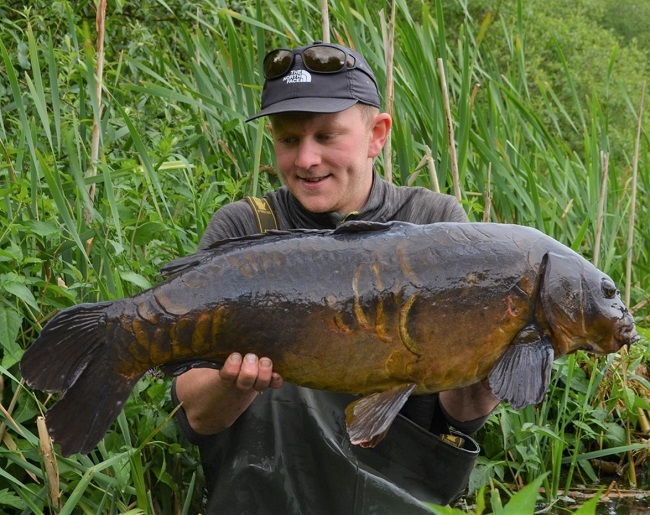
Drew Chadwick - 07946 251826. South.

Ian Doyle - 07951 037091. North.
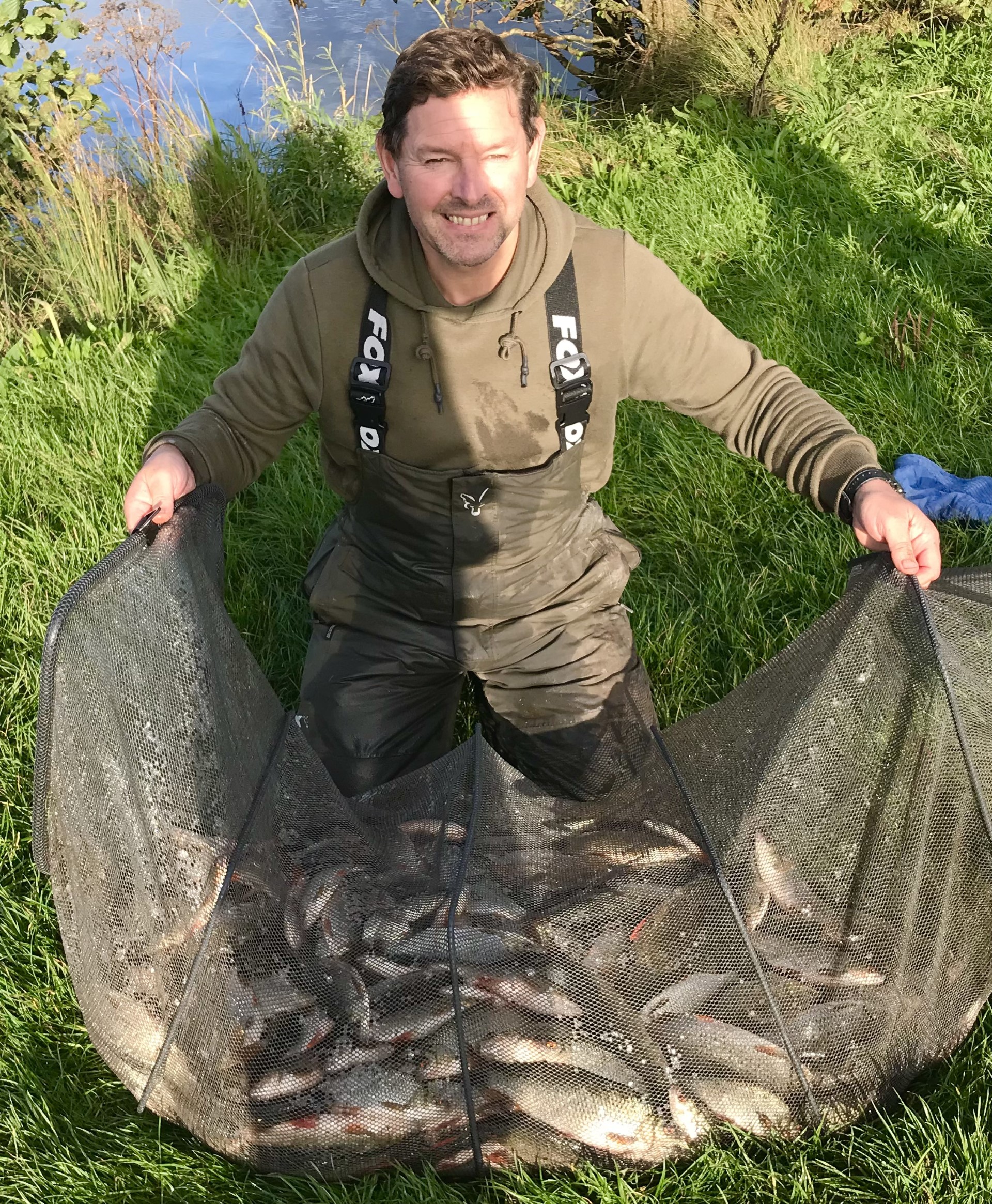
Mark Egerton - 07415 384554

Alex van Wienen - 07301 031653. Southwest
Catchment based approach
Anglers are already expending considerable effort in trying to tackle this threat to our fishing, but we recognise that to be more effective this needs to be co-ordinated on a catchment basis. The Angling Trust is therefore working with a variety of stakeholders to achieve this. Our work to eradicate Floating Pennywort on the River Kennet and Colne highlights how angling clubs, consultants and environmental organisations can come together to coordinate action within a catchment. We are part of a national strategy aiming to work together for more strategic, coordinated management of Floating Pennywort. By working together, we can make a significant impact on these threats to our fishing.
For more information on the GB Floating Pennywort Strategy visit the GB NNSS page.
To learn more about how to undertake management of Floating Pennywort, watch our video on identifying floating pennywort and download the information in our presentations:
Factors to consider before undertaking management
Managing floating pennywort in flowing waters
Managing floating pennywort in still waters
Health and safety risk assessment
What to do after a removal event
Checklist to organise an event
Identification, Reporting and Control
You might have invasive non-native species on waters which you own, lease or fish. With the technical and financial assistance of the Environment Agency and the GB Non Native Species Secretariat we have amalgamated information on invasive species pest identification and control to help our members and others to take effective action.
A table of 17 invasive species including Killer shrimp, Topmouth gudgeon and Signal crayfish and information on their identification and control is available in the table below. Identification sheets for other high-risk species are available here.
For some species such as Signal crayfish, there are no known total eradication techniques at present. We are supporting research into control of signal crayfish with a report outlining the results of modified crayfish trapping available here.
Alongside ID guides there are also an online iRecord form that you can access from your phone to record sightings of invasive non-native species. We would also encourage you to undertake the GBNNSS e-learning training on invasive species including information on identification, control and recording.

American skunk-cabbage
Lysichiton americanus
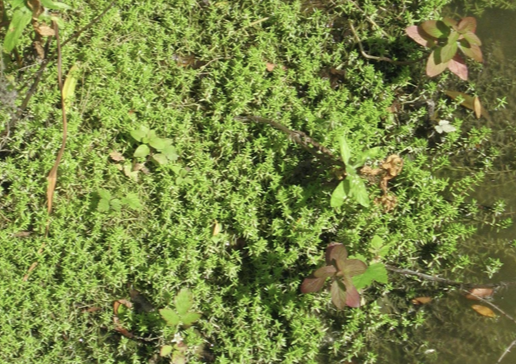
Australian swamp-stonecrop
Crassula helmsii
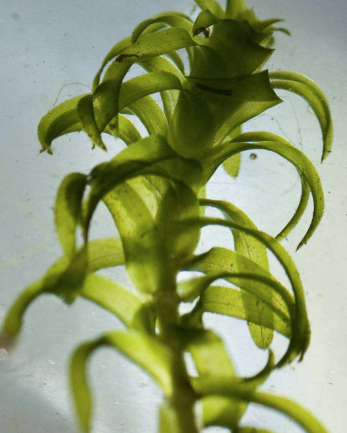
Canadian waterweed
Elodea canadensis
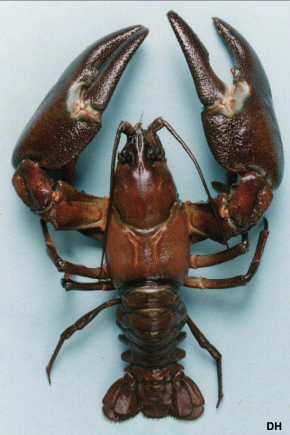
Signal Crayfish
Pacifastacus leniusculus
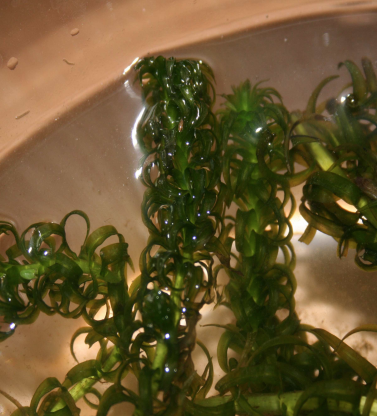
Curly Water Thyme
Lagarosiphon major
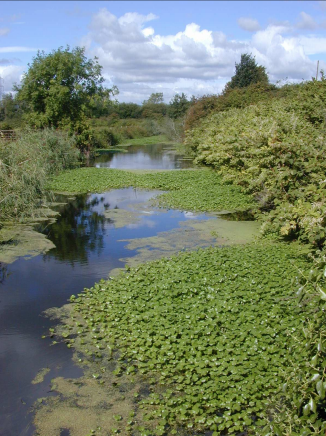
Floating Pennywort
Hydrocotyle ranunculoides
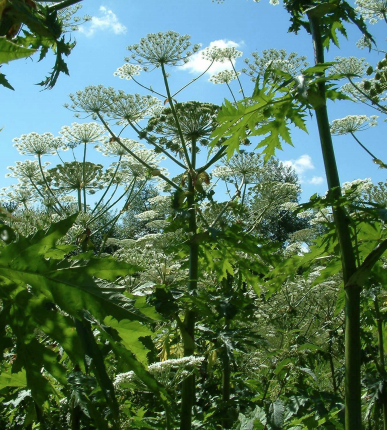
Giant Hogweed
Heracleum mantegazzianum

Giant Rhubarb
Gunnera tinctoria
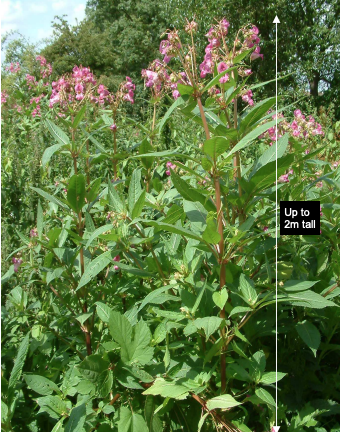
Himalayan Balsam
Impatiens glandulifera

Japanese Knotweed
Fallopia japonica

Killer Shrimp
Dikerogammarus villosus

Nuttall's Waterweed
Elodea nuttallii
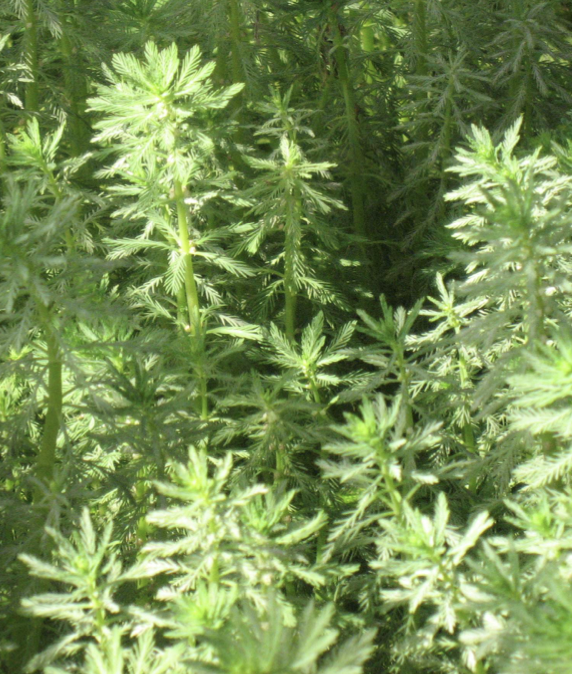
Parrot's Feather Weed
Myriophyllum aquaticum
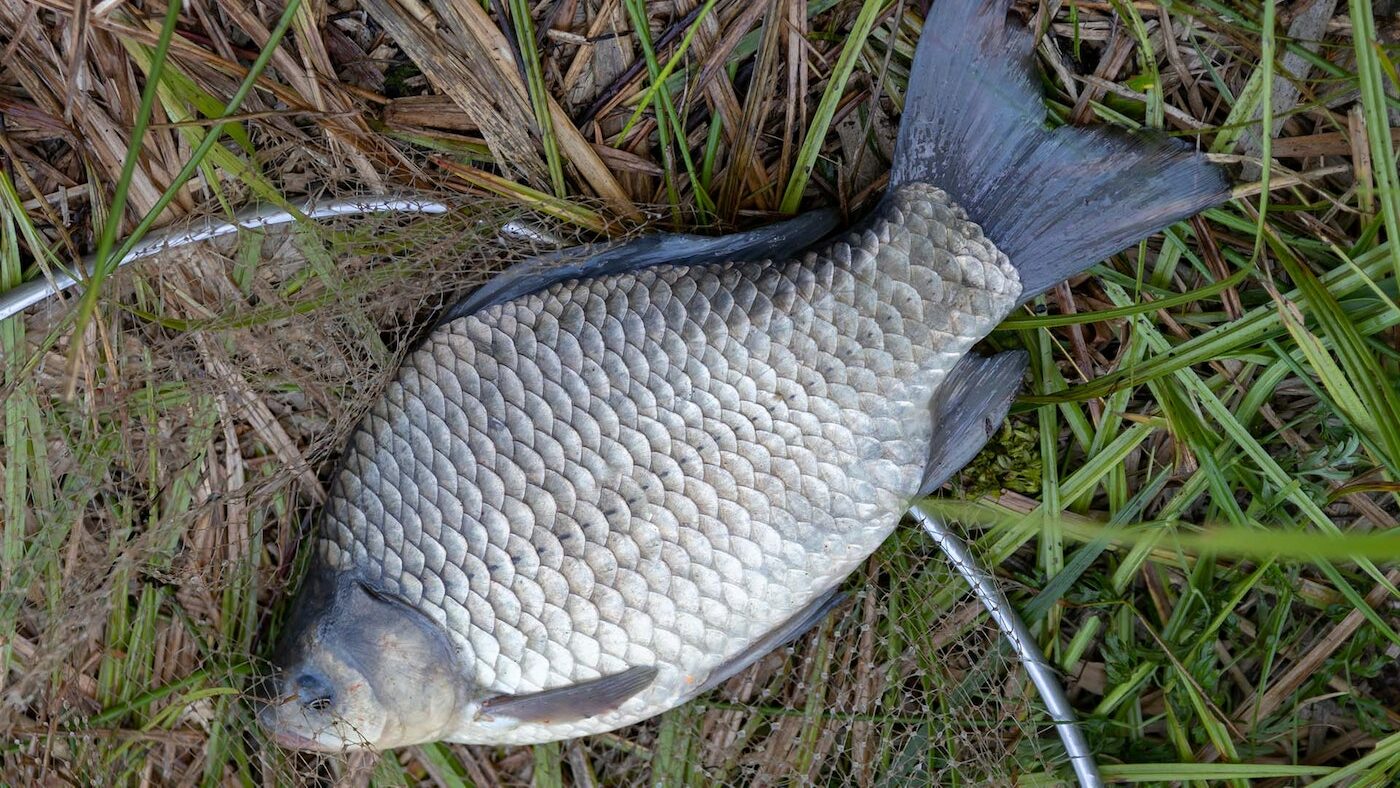
Prussian Carp
Carassius gibelio

Quagga Mussel
Dreissena bugensis
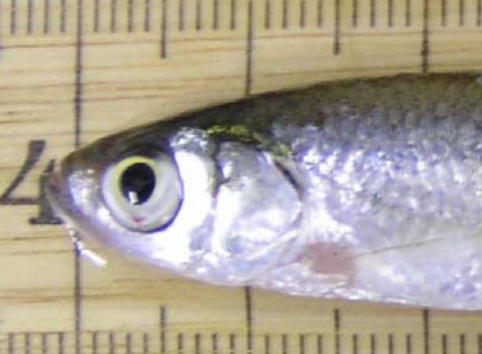
Sunbleak Fish
Leucaspius delineatus
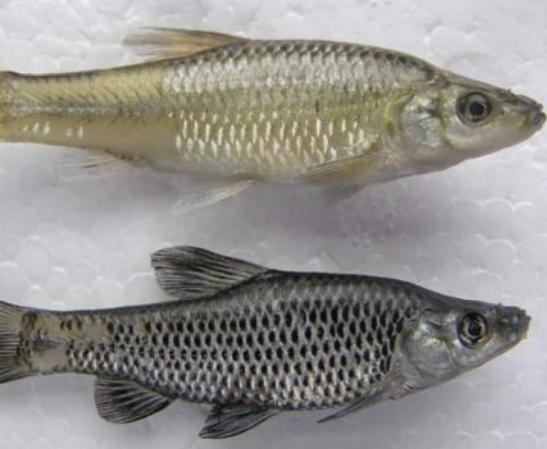
Topmouth Gudgeon
Pseudorasbora parva

Water Fern
Azolla filiculoides
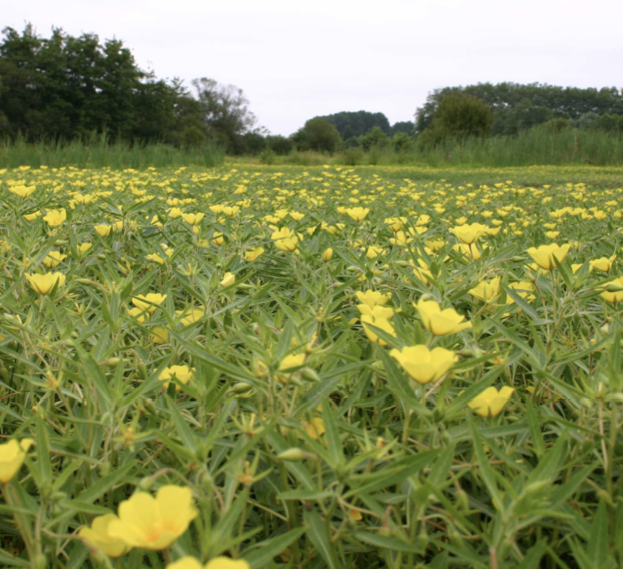
Water Primrose
Ludwigia grandiflora
Guidance on Signal crayfish trapping in England
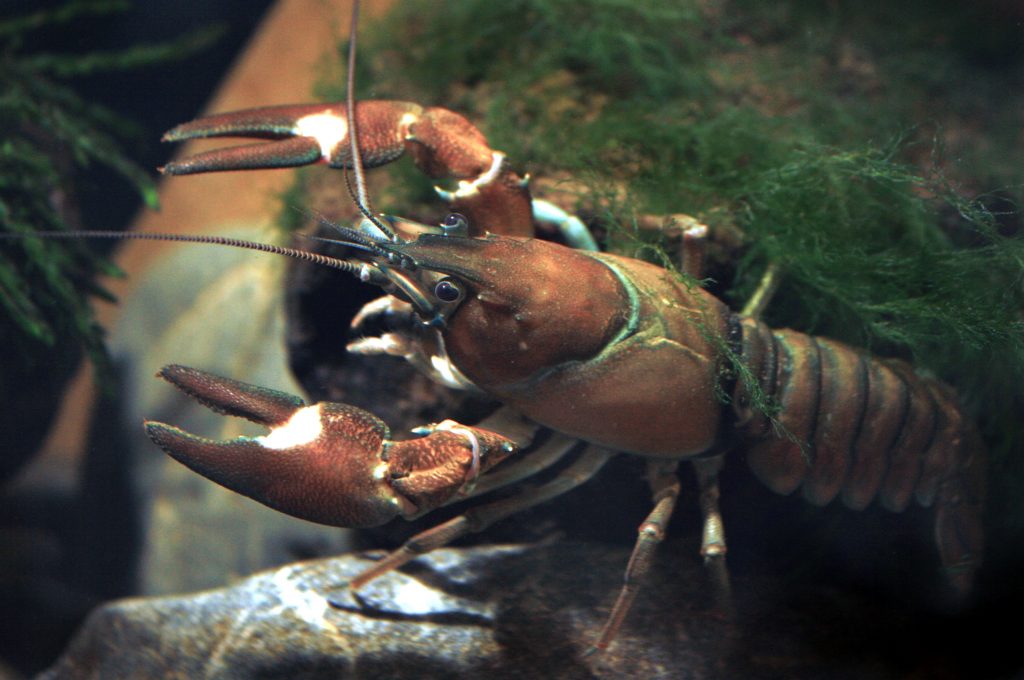
On the 1st December 2019, the laws around the trapping and transfer of Signal crayfish in England changed. This will have an impact on fisheries and managers wishing to manage Signal crayfish at their water bodies.
The Invasive Alien Species (Enforcement and Permitting) Order 2019 restricts activities around the keeping, release, transport and selling of live Signal crayfish unless in accordance with a licence.
These changes are intended to help to protect native species, improve Signal crayfish management and prevent the unintentional transfer of these species between waterways.
If you wish to manage Signal crayfish you need to consider:
Where is the water you want to trap located?
Anyone who wishes to trap Signal crayfish should check whether they are located within a ‘containment’ zone (formerly a ‘go area’), mostly in Southern England or an ‘exclusion’ zone (formerly a ‘no go’ area) which mostly relates to Northern England. This will determine the activities you can undertake and the licences you can apply for. These zones are currently based on the same postcode system used for the Schedule to the Prohibition of Keeping of Fish (Crayfish) Order (1996). The list of postcodes is available in the Annex of the Trapping authorisation.
A trapping authorisation is required to trap Signal crayfish in both zones. All cases will be reviewed on a case-by-case basis.
Trapping in exclusion zones will only be allowed for conservation, scientific or fisheries management purposes which maintains the status quo prescribed by the Crayfish Order (1996).
Trapping Signal crayfish
Licence required: Trapping Authorisation (EA)
Anyone wishing to trap Signal crayfish in England will require a Crayfish Trapping Authorisation from the Environment Agency. There are strict rules about the design and size of crayfish traps because they can harm other wildlife (e.g. water voles).
Important things to note under the trapping authorisation:
- You must remove all the Signal crayfish that are caught in the traps (i.e. no small crayfish are returned to the water)
- You must kill all of the animals at the site of capture (unless under a management licence from Natural England – see below)
- You will also need the permission from the landowner and/or fishery owner to trap
Live transfer of Signal crayfish off site
Licence required: Management Licence (NE)
If you wish to transfer live animals away from the site of capture you will require a Management Licence from Natural England.
This licence allows activities aimed at eradicating, controlling or containing crayfish populations for conservation, scientific or fisheries management purposes.
Important things to note under the management licence:
- It is not possible to obtain a licence for personal consumption. You must not take live animals away from the riverbank. You can take animals that you have killed on the riverbank away for consumption at home.
- Animals that have been trapped for commercial reasons can only be taken live away from the site of capture to a licenced processing facility.
- It is now illegal to sell, use or exchange live Signal crayfish e.g. for human consumption.
Further information
Guidance: Invasive non-native (alien) animal species: rules in England and Wales
Stop the spread
Invasive plants, animals and diseases harm the environment, impact native fish species reduce the quality of fishing. Please help to stop them by following the Check, Clean, Dry code.
To promote the Check, Clean, Dry code to other anglers, a series of materials have been produced for the angling community. This includes:
- Check Clean Dry aluminium signs – contact [email protected] if you are interested in having one delivered
- Check Clean Dry posters:
- Check Clean Dry leaflets and stickers – find out more here
- Fisheries biosecurity plan template – outlining the potential risks of invasive species introduction associated with fish stocking, habitat management, competitions and measures that can be implemented to minimise the risk. Available soon.
- Undertake the free e-learning on invasive non-native species and biosecurity.



